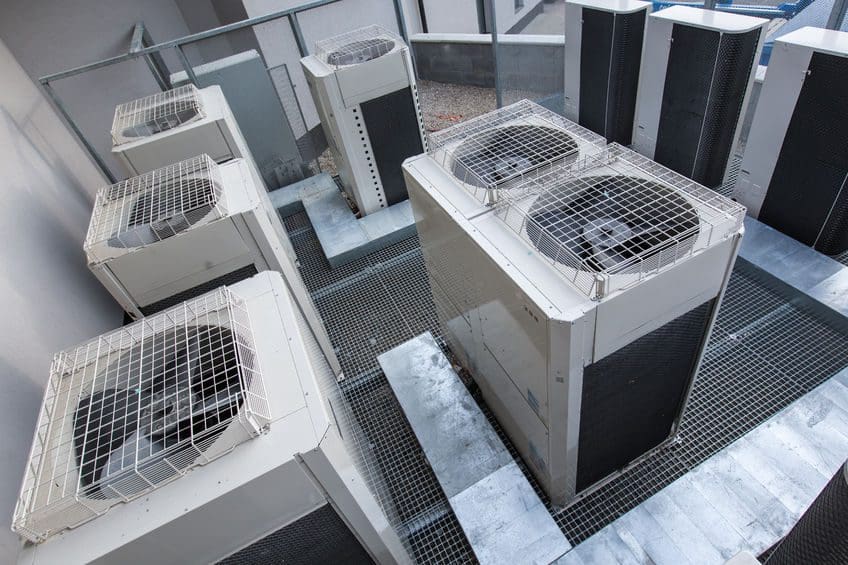Summers are hot in Texas.
Rising temperatures are accompanied by rising electric bills.
Texans, however, don’t pay as much per kilowatt hour (kWh) as other parts of the country. The Energy Information Administration (EIA) surveys electricity rates and ranks Hawaii at 31 cents per kWH as the most expensive followed by Massachusetts at 22 cents, Connecticut at 21 cents, Rhode Island at 20 cents and New Hampshire at 19 cents. Texas averages 11 cents per kWh. The cheapest is Louisiana and Washington at 9 cents each.
Air conditioning has made the summers in Texas more bearable. Most homes are built today with central air installed immediately.
Air-conditioning equipment is used in 87 percent of homes in the United States and, according to the latest EIA Residential Energy Consumption Survey (RECS), home air-conditioning costs averaged $265 in 2015, or 12 percent of total home energy expenditures. Air-conditioning costs ranged from an average of $525 in the hot-humid region in the Southeast to about $60 in the temperate marine region along the West Coast. The more moderate mixed-humid region, where home air-conditioning costs averaged $262, was closest to the national average.
The average U.S. household spent $1,856 on home energy bills in 2015, according to EIA. Although air conditioning accounted for 12 percent of total household energy costs (and 17 percent of electricity expenditures) at the national level, some regions use much more air conditioning. In the hot-humid region, where air conditioning was used by 94 percent of households, air conditioning made up 27 percent of home energy expenditures. By comparison, in the marine region, where nearly half of households did not use air conditioning at all, air conditioning made up just 2 percent of home energy expenditures.
About 60 percent of U.S. households only used central air-conditioning systems in 2015, while 23 percent only used individual air-conditioning units and just slightly less than 5 percent of households used both equipment types. Central systems are very common in new single-family homes, but many older homes have also been retrofitted in recent years. For example, the 1980 and 1993 RECS found that about 50 percent of homes built in the 1970s had central air-conditioning equipment, but by 2015 that share had increased to 67 percent.
Households with individual units typically only air condition a few rooms or spaces within a home. On average, a home that uses individual air-conditioning units has two window, wall, or portable units. Individual units are relatively more common in smaller housing units such as apartments and mobile homes.
Households that used central systems spent about twice as much for air conditioning in 2015 as households with individual units, with average costs of $299 compared with $156. However, because the homes using central systems were often larger, the cost per square foot of using an individual air-conditioning unit was about twice as much as using a central system, at $0.31 per square foot compared with $0.15 per square foot.
Alex Mills is the former President of the Texas Alliance of Energy Producers. The opinions expressed are solely of the author.
Alex Mills is the former President of the Texas Alliance of Energy Producers. The Alliance is the largest state oil and gas associations in the nation with more than 3,000 members in 305 cities and 28 states.





